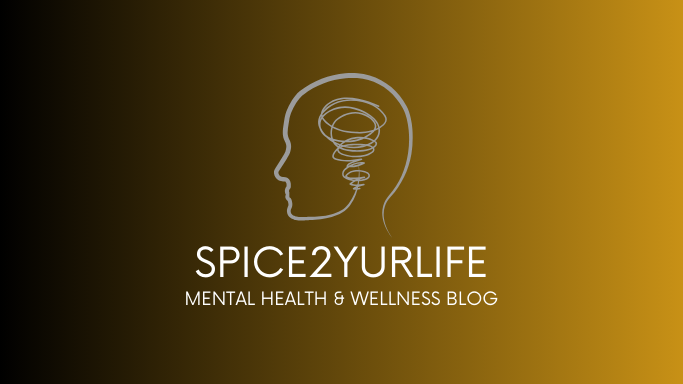October is Breast Cancer Awareness Month, a time when communities, organizations, and individuals around the world come together to raise awareness about the impact of breast cancer. It's a month dedicated to education, support, and encouraging early detection, which can save lives.
Breast cancer is the most common cancer among women worldwide, with millions diagnosed each year. However, the survival rate has significantly improved, thanks to advancements in research, early detection, and improved treatment options. Despite this, there is still much work to be done in educating people about the importance of screening, understanding risk factors, and supporting those affected by the disease.
The Importance of Early Detection
Early detection plays a crucial role in successfully treating breast cancer. The earlier the cancer is found, the more treatment options are available, and the better the chances of survival. Routine mammograms and self-breast exams are two key methods that can help catch cancer in its early stages.
- Mammograms: A mammogram is an X-ray of the breast and is one of the best tools available to detect breast cancer early. It is recommended that women over 40, or those with a higher risk due to family history, should get regular mammograms as part of their healthcare routine. Early mammograms can detect tumors that are too small to feel, which means treatment can begin sooner.
- Self-Breast Exams: While not a substitute for mammograms, self-exams are a simple way to become familiar with how your breasts normally look and feel. Any changes, such as lumps, skin dimpling, or nipple discharge, should be reported to a healthcare provider as soon as possible.
Risk Factors for Breast Cancer
While the exact cause of breast cancer is not fully understood, certain risk factors can increase the likelihood of developing the disease. Some of these include:
- Age: The risk of breast cancer increases with age, particularly after 50.
- Genetics: A family history of breast cancer, particularly in a mother, sister, or daughter, can elevate risk.
- Hormone Levels: Extended exposure to estrogen, whether through early menstruation, late menopause, or hormone replacement therapy, can heighten the risk.
- Lifestyle Factors: Lack of physical activity, excessive alcohol consumption, and being overweight are also linked to a higher risk of breast cancer.
However, it is important to remember that many women with risk factors never develop breast cancer, while others with no known risk factors may be diagnosed. This is why regular screenings and paying attention to your body are so critical.
How to Show Support during Breast Cancer Awareness Month
1. Wear Pink: Pink ribbons are the universal symbol of breast cancer awareness, and many people wear pink clothing throughout October to show solidarity with those affected by the disease.
2. Donate to Research and Support Organizations: Organizations like the Breast Cancer Research Foundation and Susan G. Komen use donations to fund research, provide educational resources, and offer support to breast cancer patients and their families.
3. Support a Loved One: If someone you know is going through breast cancer treatment, offer your support. Whether it’s through small gestures, offering help with day-to-day activities, or simply being there to listen, your support can make a huge difference in their journey.
4. Spread the Word: Use your social media platforms or your voice to educate others about the importance of breast cancer awareness and early detection. Share educational materials, personal stories, or information about local screening events.
Mental and Emotional Well-being
A breast cancer diagnosis can bring about overwhelming emotions, including fear, anxiety, and uncertainty. It's crucial to prioritize mental health alongside physical treatment. Counseling, support groups, and mindfulness practices can help individuals cope with the emotional toll that cancer may bring. Providing emotional support to those undergoing treatment is equally important, as a strong support system can make a significant difference in their journey toward recovery.
Breast cancer awareness is about much more than a pink ribbon. It’s about education, advocacy, and empowering individuals to take charge of their health through regular screenings and awareness of risk factors. By spreading knowledge and showing support, we can help save lives and move closer to a world where breast cancer is no longer a threat to women's health.
This October, let’s come together to uplift and empower those who are fighting breast cancer and work toward a future where every individual has access to the care, support, and resources they need to thrive.
---











